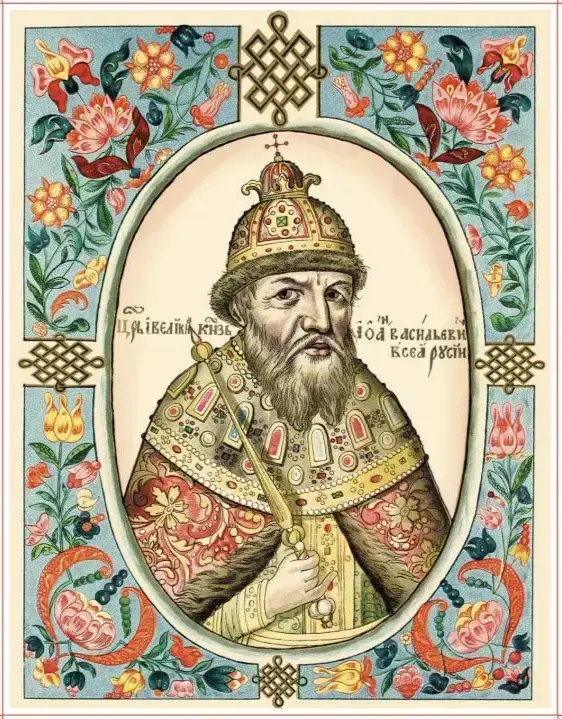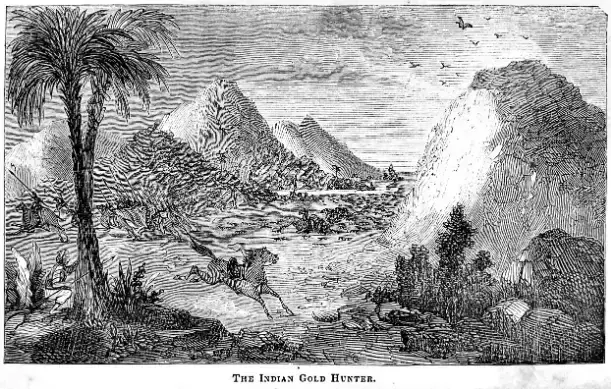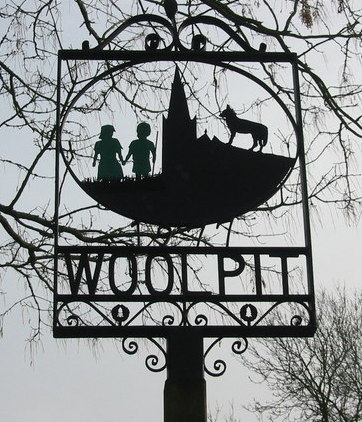Ivan the Terrible

Ivan IV Vasilyevich (1530-1584), commonly known as Ivan the Terrible, ruled as Grand Prince of Moscow and all Russia from 1533 to 1547, then as the first Tsar and Grand Prince of all Russia until his death. His reign marked Russia's transformation from a medieval state into a nascent empire, though at tremendous cost to its people and economy.
The eldest son of Vasili III and Elena Glinskaya, Ivan inherited the throne at age three. At sixteen, he was crowned tsar by a group of reformers who formed the Chosen Council. During his early reign, Ivan established the Zemsky Sobor (a new assembly), revised the legal code, introduced elements of local self-government, and created Russia's first standing army, the streltsy. His military campaigns conquered the khanates of Kazan and Astrakhan, substantially expanding Russian territory.
After consolidating power, Ivan dismissed his advisers from the Chosen Council and launched the unsuccessful Livonian War (1558-1583), which devastated Russia and failed to secure Livonia. However, this period allowed him to establish greater autocratic control over the nobility through violent purges carried out by Russia's first political police, the oprichniki. Later years saw the massacre of Novgorod by the oprichniki and the burning of Moscow by Tatars. Despite this turbulence, Ivan pursued cultural improvements, including bringing the first printing press to Russia, strengthening European connections (particularly with England), waging war against the Ottoman Empire, and beginning the conquest of Siberia.
Contemporary accounts describe Ivan as intelligent and devout, yet prone to paranoia, rage, and worsening mental instability. Historians generally believe he killed his eldest son and heir, Ivan Ivanovich, in a fit of anger, possibly also causing the miscarriage of his unborn grandchild. This tragedy left the throne to his younger, politically ineffective son Feodor Ivanovich, whose childless death ended the Rurik dynasty and ushered in the Time of Troubles.


